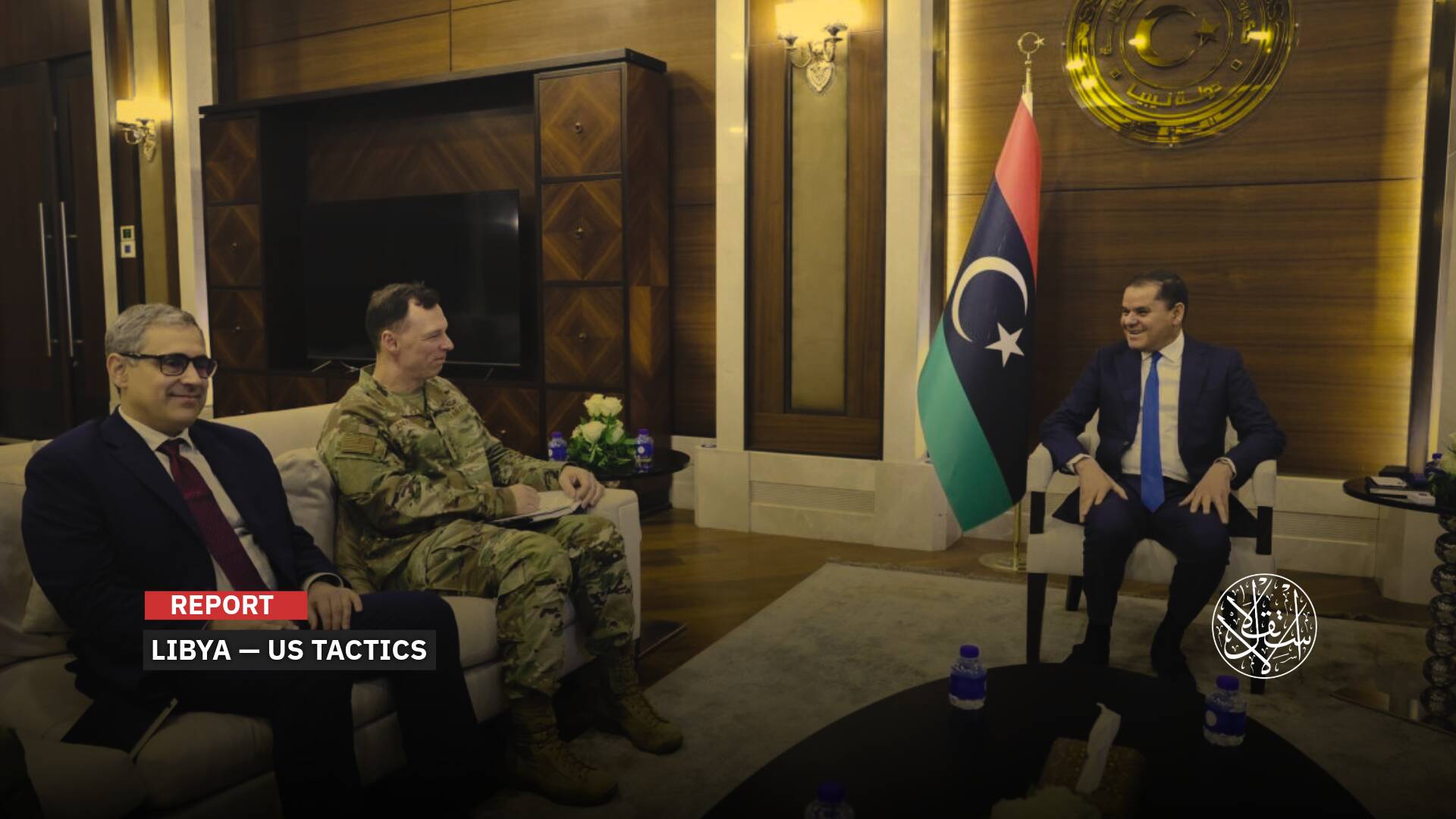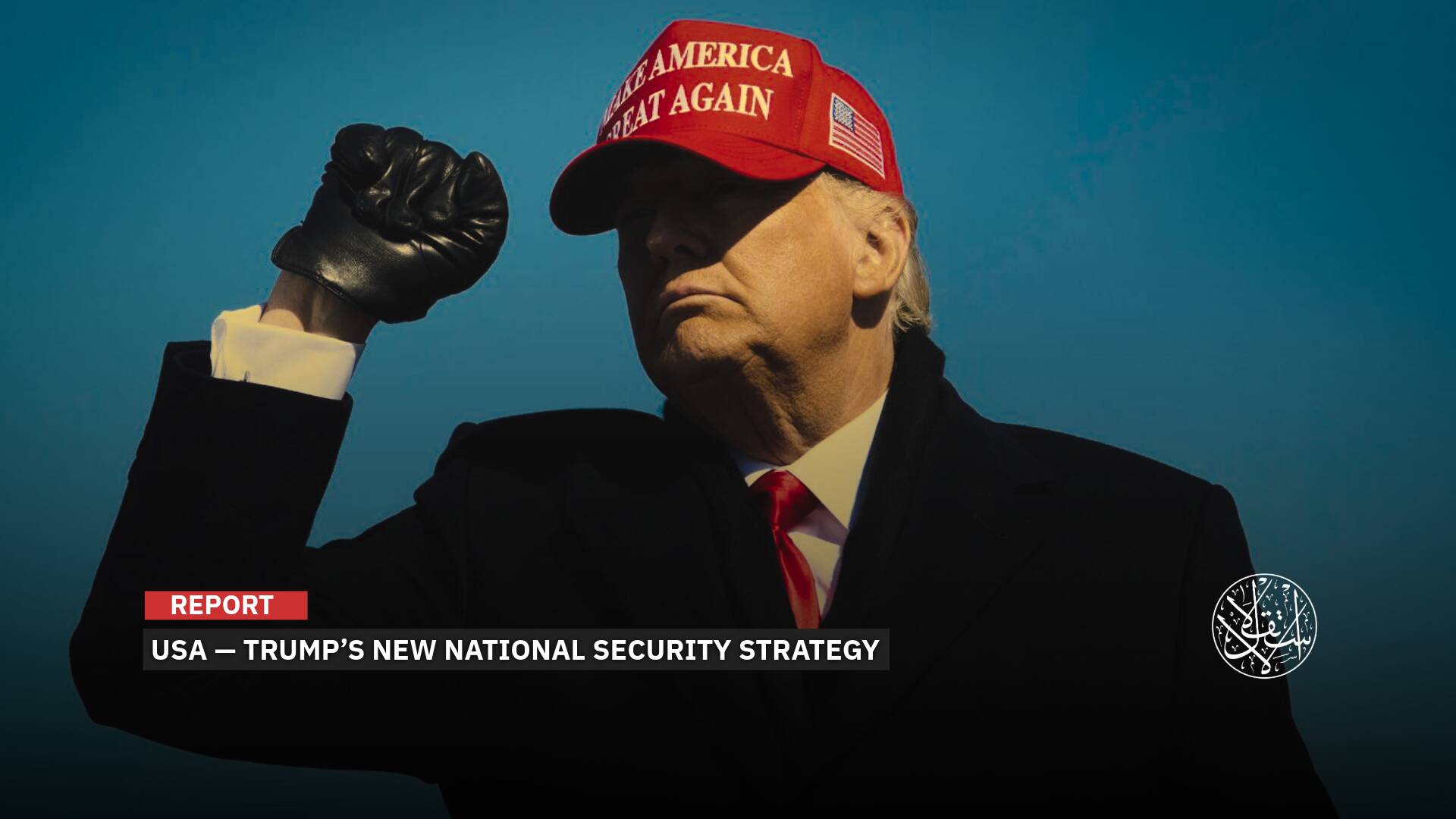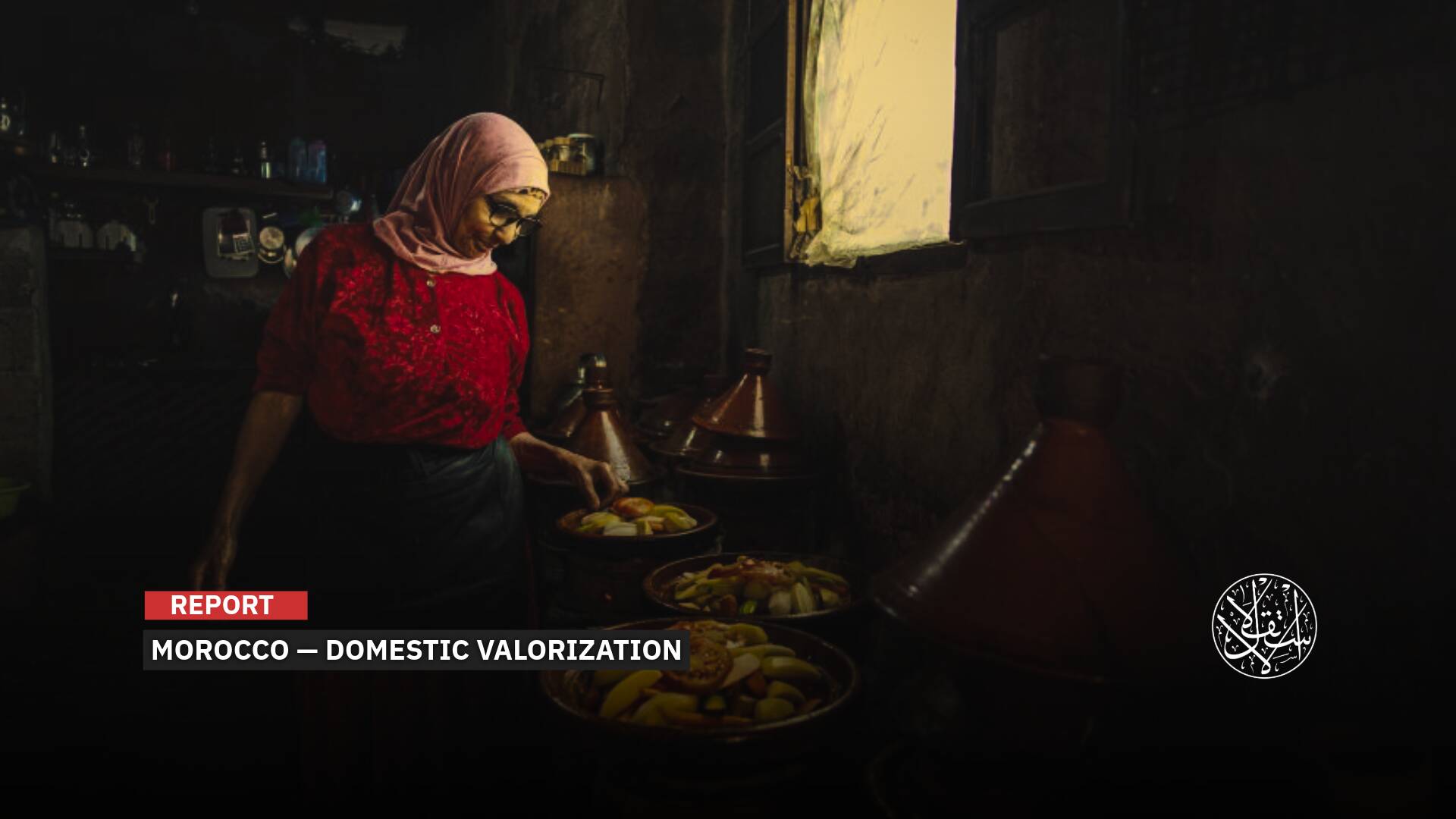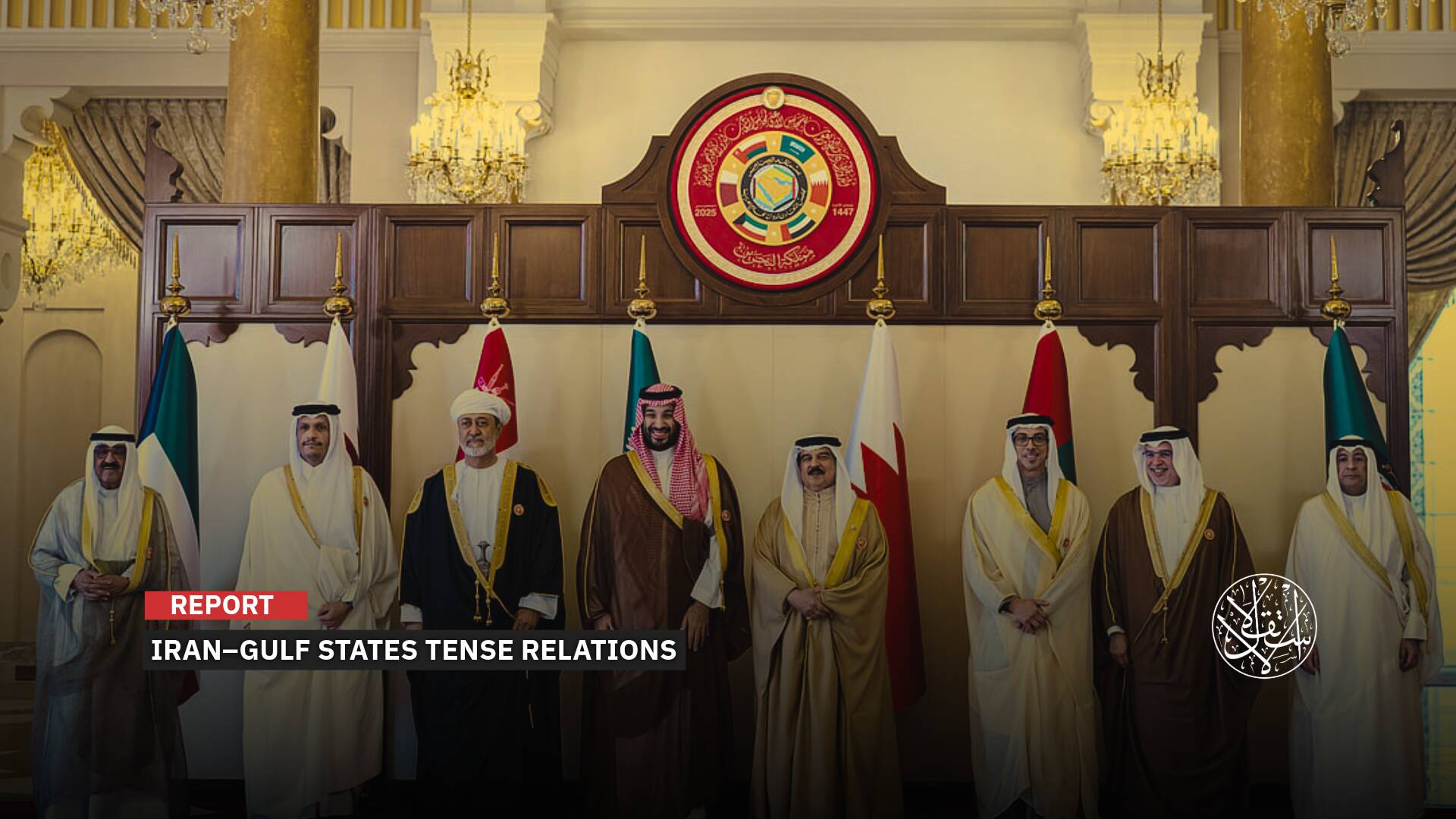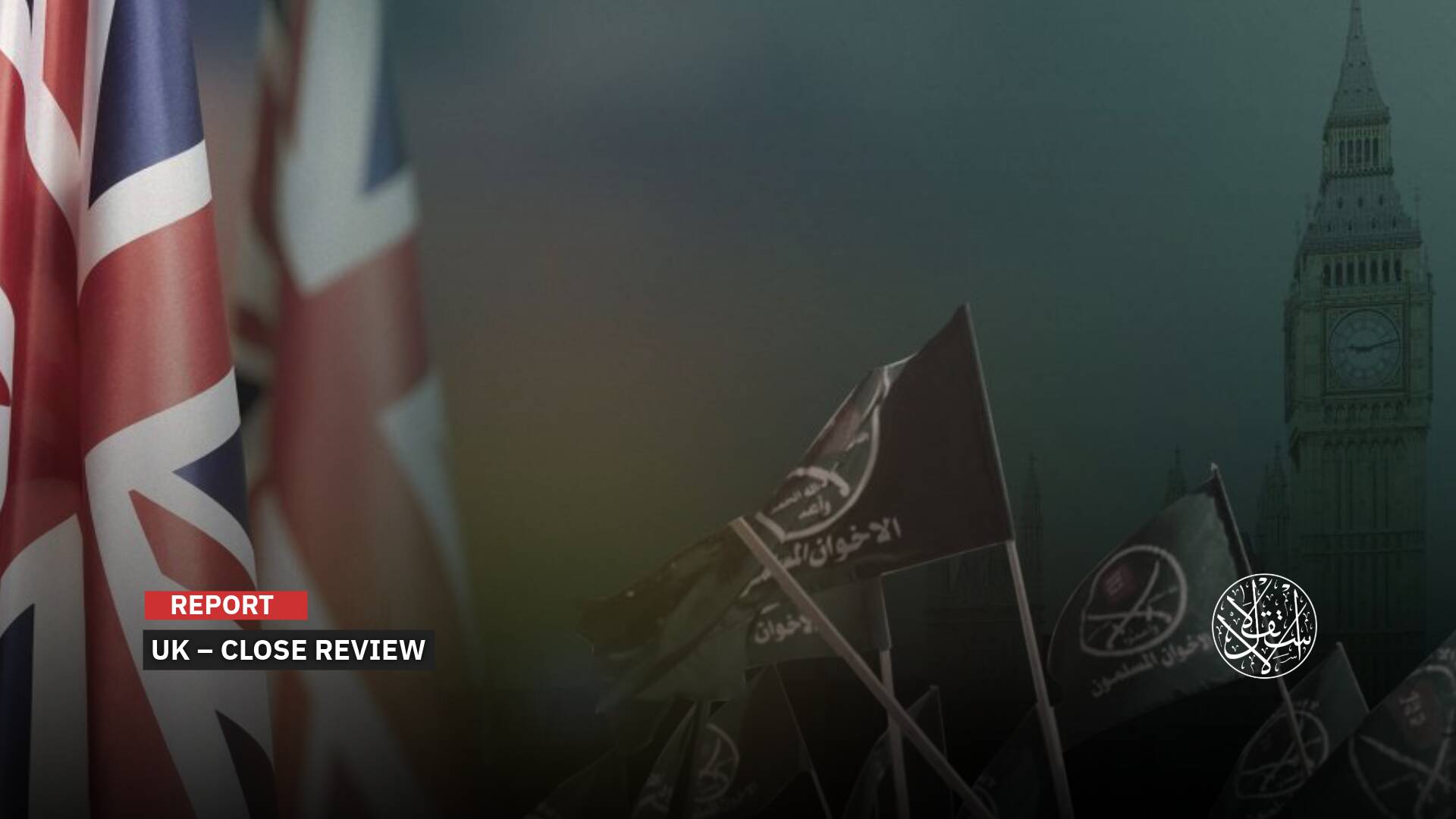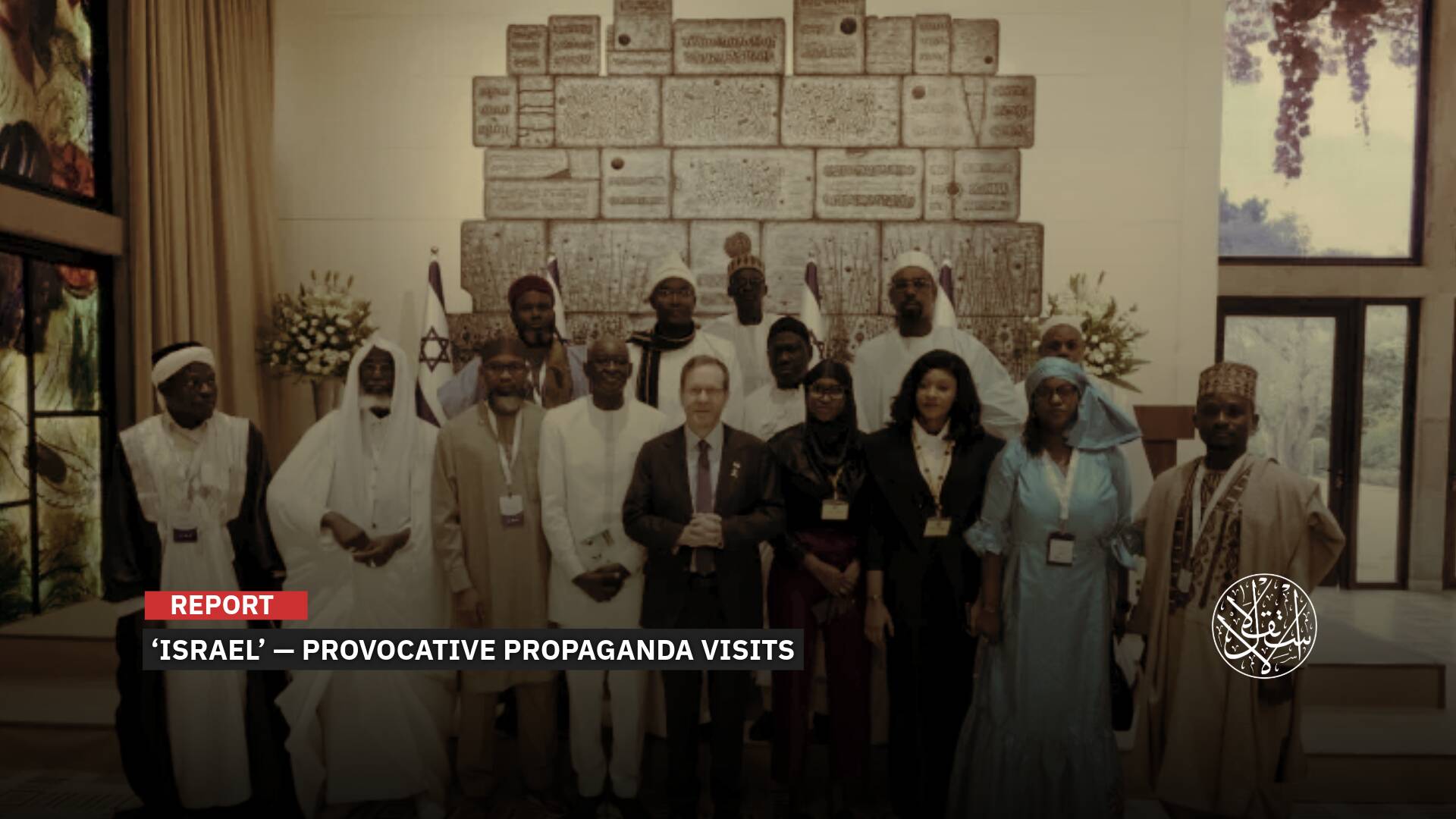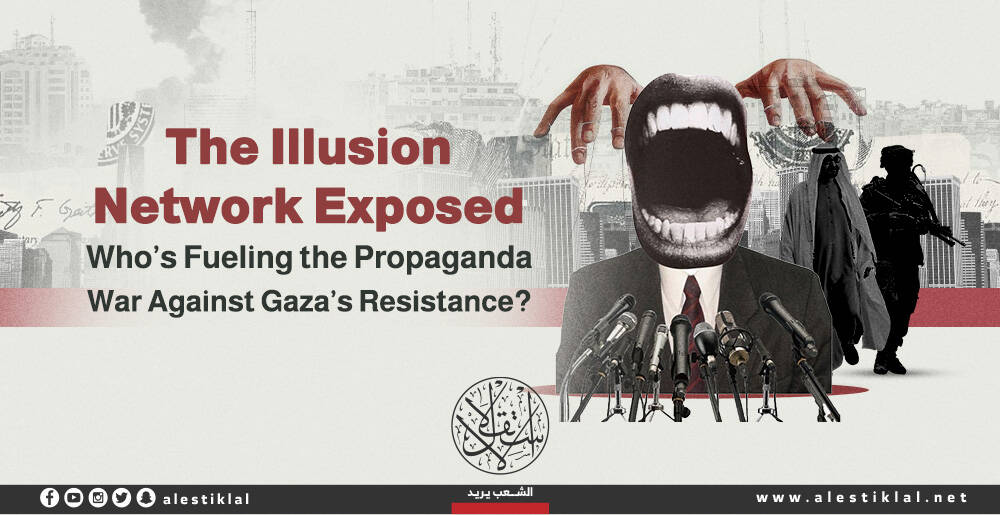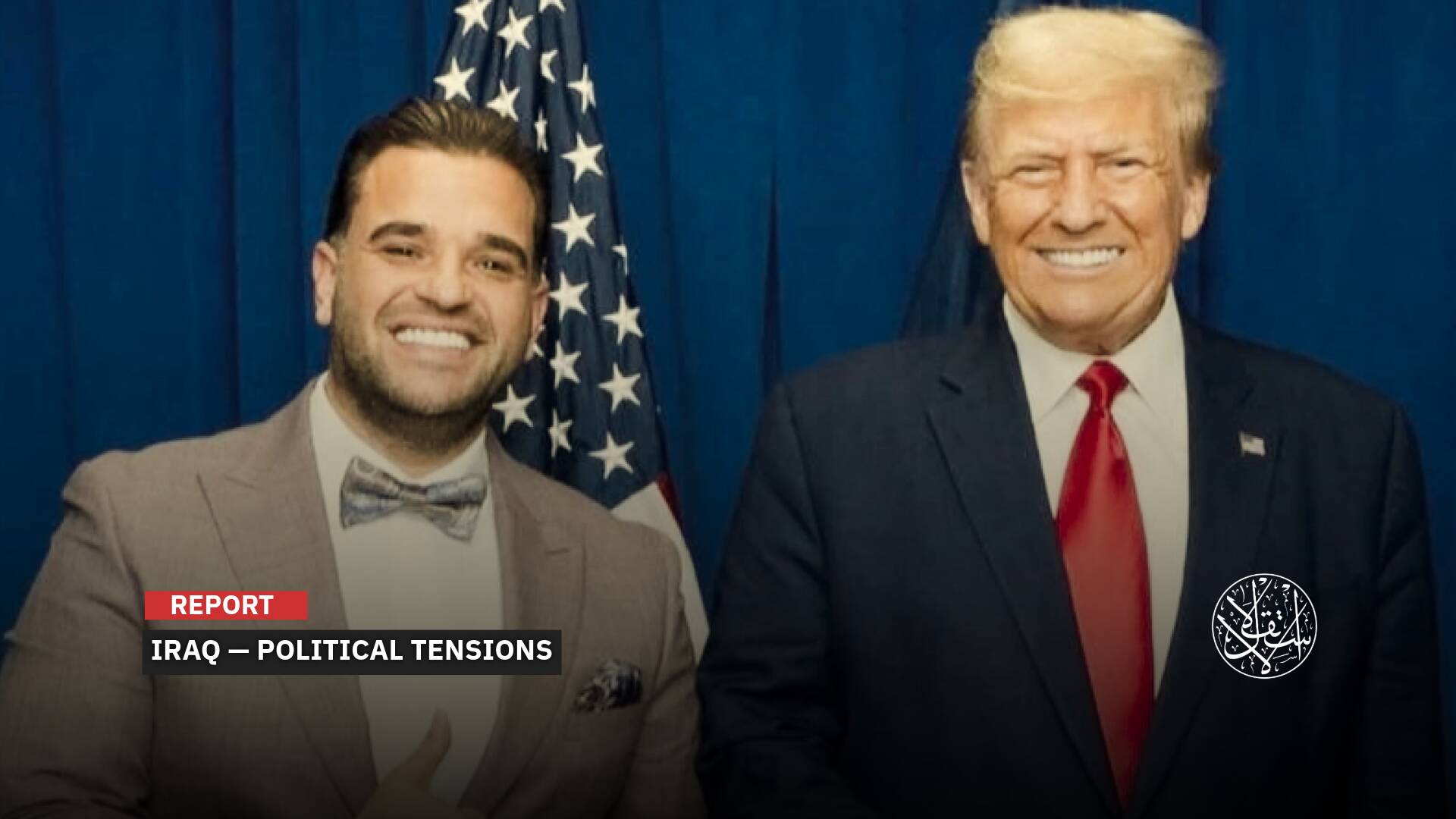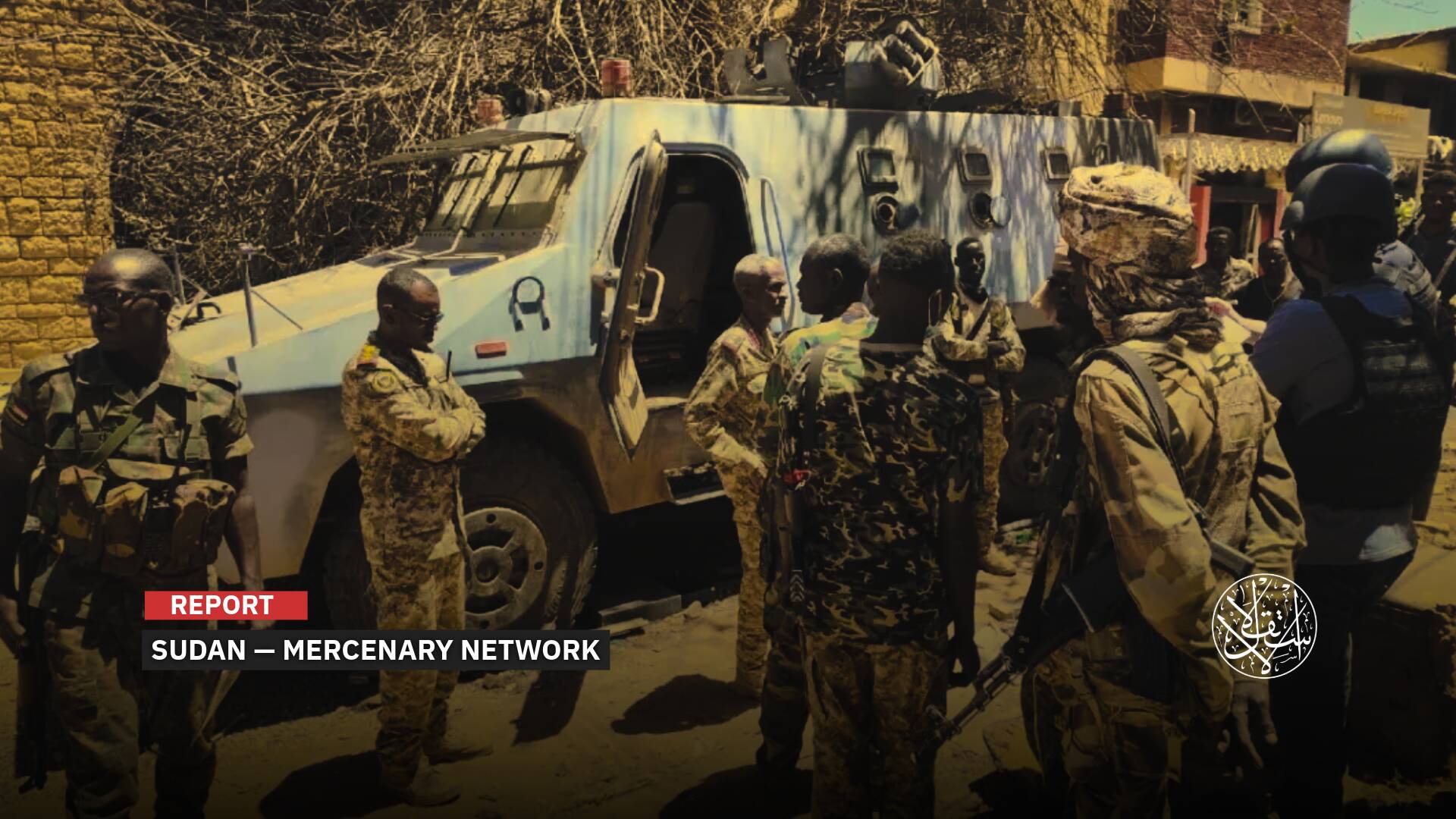Despite Syria’s Restraint, Why Is ‘Israel’ Building 9 Military Sites?

“Only a fence and a few meters separate us from the Jews on this vast land. If we decide to attack them, we will.”
Alongside its occupation of the Golan Heights, “Israel” has quietly advanced into Syria’s buffer zone, establishing what international media are now calling a “security zone” deep within Syrian territory.
“Israel’s” construction of new observation bases in Syria signals a long-term presence, suggesting its presence there is no longer temporary, The Washington Post learned on February 2, 2025.
Israeli media also confirmed the establishment of nine military sites in the buffer zone, with troop numbers increasing from a battalion and a half to three brigades—seen as a sign of Israel’s intent to remain in Syria throughout 2025.
However, some Israeli and American assessments suggest “Israel” may be forced to withdraw from its newly occupied areas to avoid clashes with local residents and the new regime’s forces.
While a pullback is possible, new security arrangements are reportedly being considered—beyond the 1974 ceasefire agreement—to ensure what “Israel” calls its “security,” particularly against potential “attacks” by Palestinian Resistance factions.
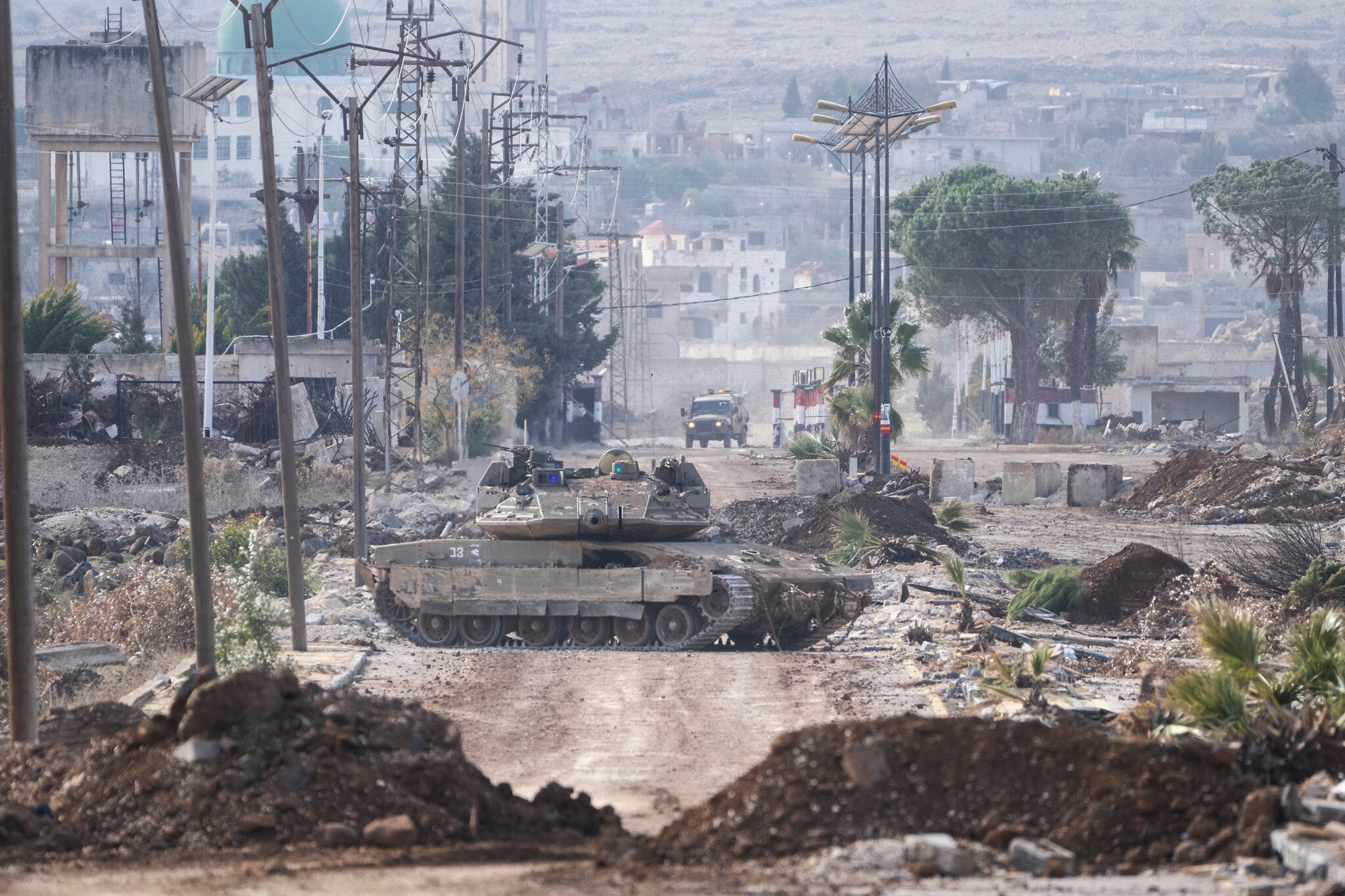
Military Presence Details
According to The Post, “Israel” is constructing observation bases in Syria, with satellite imagery (examined by the outlet) revealing newly built structures—raising concerns over a potential permanent occupation.
Multiple buildings and military vehicles are stationed within new Israeli bases, all enclosed by security fences.
Israeli reports confirm that “Israel” has established nine permanent military sites inside Syrian territory, spanning from Mount Hermon to the Palestinian-Syrian-Jordanian border in southern Golan.
Two of these sites are in Mount Hermon, while seven are in the Syrian Golan. Designed as surveillance and security points for the buffer zone, they are fully equipped and fortified with barriers.
Maariv reported that “Israel” has not only occupied Syrian land but also altered its geography, seizing rivers and clearing forests under the pretext of improving surveillance.
The Israeli Occupation’s decision to build a border fence around its positions is aimed at “preventing friction with Syrian civilians,” acknowledging that attacks on its forces are only a matter of time.
The alert level among Israeli soldiers—specifically those in Battalion 74 of the 188th Armored Brigade and Battalion 890 of the Paratroopers Brigade—is reportedly very high.
While the Israeli army remains uncertain about how long it will stay in the buffer zone, Maariv suggested that, given the current situation, a withdrawal is not expected anytime soon.
When Israeli forces entered Syrian villages in January 2025, they assured residents that their presence was temporary, aimed at seizing weapons and securing the area after the Assad regime's collapse, as per The Post.
However, the arrival of additional military equipment suggested a more prolonged presence. Israeli media justified this by citing winter conditions and the need for better accommodations for troops.
Just hours after Assad’s fall in December 2024, Israeli tanks and forces breached the Alpha Line, which had marked the ceasefire boundary between “Israel” and Syria for half a century under the 1974 disengagement agreement.
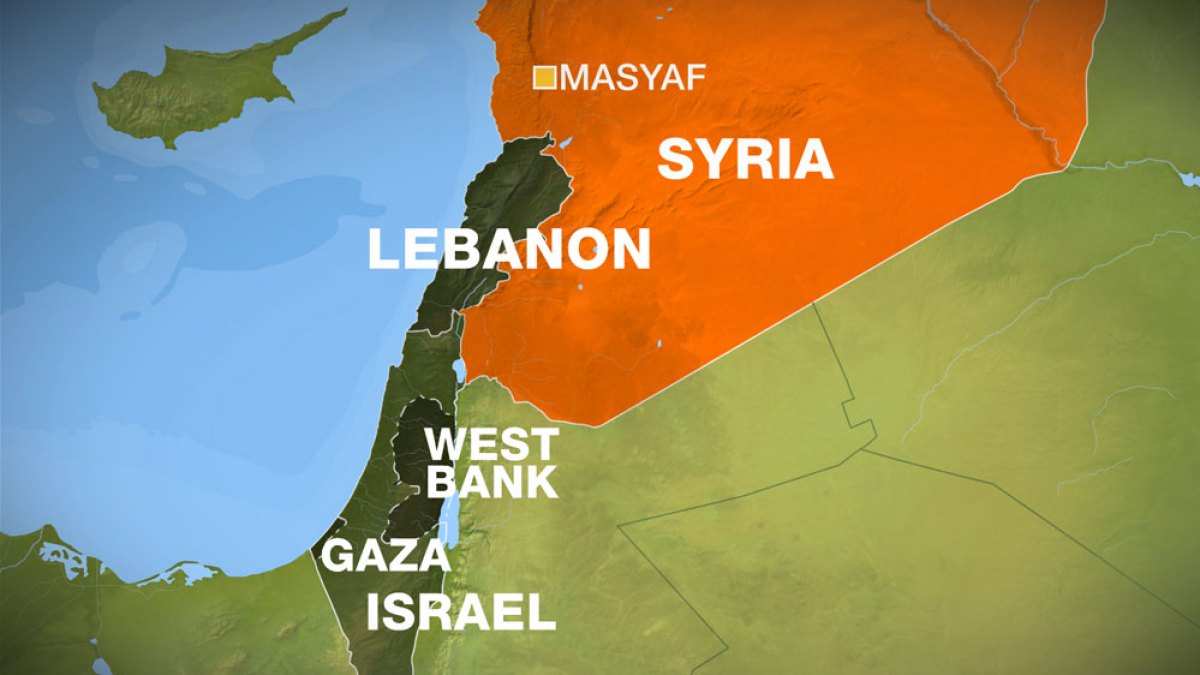
Syria’s Stance
Western media and residents of villages occupied by “Israel” after Assad’s fall report a notable absence of Hay’at Tahrir al-Sham (HTS) fighters from the buffer zone seized by Israeli forces.
When some HTS fighters appeared on January 15, 2025, to block the Israeli Occupation’s advance, Israeli forces launched an airstrike, killing both civilians and fighters—marking an unprecedented escalation.
For the first time, the Israeli army deployed a drone strike on a convoy belonging to HTS-led military operations in Ghadir al-Bustan, south of Quneitra, raising fears of further security ramifications.
On January 31, Israeli forces reported coming under fire and responded with gunfire. A group calling itself the Islamic Resistance Front in Syria claimed responsibility, stating its goal was to “expel Israel from Syrian territory.”
According to “Israel’s Alma Research Center,” this group—originally founded in December 2024 as Southern Liberation Front before rebranding on January 12, 2025—is linked to the Syrian Social Nationalist Party and allegedly backed by Iran and Hezbollah.
Despite Israeli Occupation’s destruction of Syria’s military assets—including warplanes, naval vessels, and missile stockpiles—newly appointed Syrian President Ahmed al-Sharaa has so far avoided direct confrontation with “Israel” since consolidating control over Damascus.

When asked about the Israeli occupation, al-Sharaa initially took a diplomatic stance, urging the international community to pressure “Israel” to withdraw from the occupied areas, particularly the buffer zone outlined in the 1974 agreement. He emphasized that his priority was rebuilding Syria, not engaging in new wars.
However, as Israeli violations continued—including expanding into al-Qunaitra, destroying the municipal building, setting up checkpoints, and harassing residents—Syrian protests erupted, and Israeli forces struck a patrol from the new Syrian administration. In response, al-Sharaa’s rhetoric hardened slightly, condemning Israeli Occupation’s incursions while reaffirming Syria’s commitment to the 1974 ceasefire agreement despite Israeli breaches.
Al-Sharaa dismissed “Israel’s pretexts” for its “actions,” stating that the alleged Iranian militia presence no longer existed. He reiterated Syria’s commitment to the ceasefire and its willingness to host UN peacekeeping forces in the buffer zone.
On January 16, 2025, al-Sharaa broke his silence on Israeli Occupation’s moves in Syria, stating at a press conference with Qatari Foreign Minister Mohammed bin Abdulrahman in Damascus, “After the liberation of Damascus, these ‘Iranian militias’ are no longer present. Israel had used their presence as a pretext for advancing into the buffer zone.”
On the same day, Syrian Foreign Minister Asaad al-Shaibani condemned an Israeli airstrike on a convoy in al-Qunaitra, which killed two Syrian soldiers and a civilian. He urged “Israel” to respect Syria's security and borders, emphasizing that Syria poses no threat to any nation, including “Israel,” and called for the recognition of Syria's sovereignty.
During a visit to Ankara, al-Shaibani reaffirmed Syria’s commitment to the 1974 disengagement agreement, which established a separation force between Syrian and Israeli-controlled territories. He insisted that pressure must be exerted on “Israel” to withdraw from the newly occupied Syrian lands. “Israel previously used Hezbollah’s presence as a justification to attack Syria. Now that this threat is gone, Israel must respect Syria’s sovereignty and stay out of our territory,” he said.
Al-Sharaa had earlier reiterated this stance in a New York Times interview on December 17, 2024, declaring Syria’s adherence to the 1974 agreement.
During The Economist interview on February 3, 2025, when asked about Israeli forces exceeding their designated buffer zone, he said, “The Israelis need to retreat because their advancement will cause a lot of trouble in the future.”
“On our first day in Damascus, we sent to the UN informing them that we are committed to the 1974 agreement, and we are ready to receive the United Nations’ force that was in the buffer zone, the UNDOF.”
“A direct communication took place with the UNDOF, and they expressed their readiness to enter the buffer zone, but the Israeli forces should retreat to the borders where they used to be before the latest advancement so that the UNDOF can enter the area,” he added.
When asked about the possibility of normalizing relations with “Israel,” al-Sharaa said, “Actually, we want peace with all parties, but there is great sensitivity regarding the Israeli matter in the region, especially after the big wars that took place and that they have been occupying a Syrian region called the Golan since 1967.”
“We entered Damascus only two months ago, and there are many priorities in front of us, so it is too early to discuss such a matter because it requires wide public opinion. It also requires a lot of procedures and laws in order to discuss it, and to be honest, we have not considered it yet.”
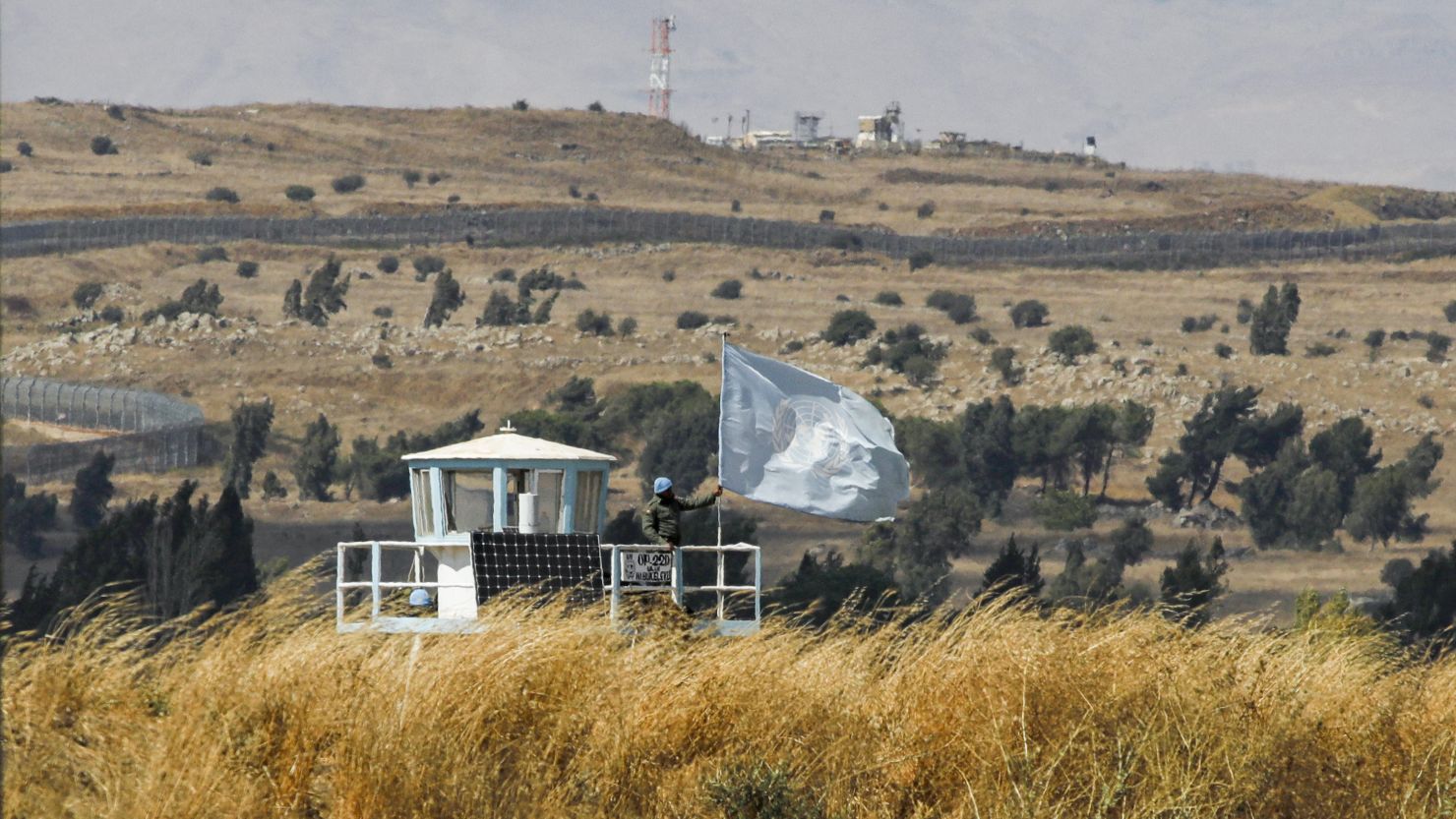
Firm Stance Against ‘Israel’
The Meir Amit Intelligence and Terrorism Information Center published a report on January 3, 2025, describing Syrian President Ahmed al-Sharaa as “anti-Israel and anti-Jewish.”
The report states that al-Sharaa supports Palestine and defends the Palestinian cause. However, despite the centrality of “Israel” and Jewish issues in the ideology of jihadist Salafism, he rarely addressed the topic directly during his years with jihadist organizations. His references to “Israel” and Jews were limited while he was with al-Nusra Front.
In a speech in July 2014, al-Sharaa told his followers, “Only a fence and a few meters separate us from the Jews on this vast land. If we decide to attack them, we will.”
“Since the 1920 Balfour Declaration, the Muslim world had suffered humiliation and fighters from al-Nusra Front were expected to complete the mission and fight the Jews.”
Before assuming power in Syria, he reportedly told his supporters that “defeating the Assad regime must come first before turning to the Jews.” He asked his fighters, “Will you stay with us until we liberate al-Aqsa?”
In a September 2014 speech, he claimed that “Palestine and Jordan” were in the hands of the Jews because forces defeated by Islam were attempting to redraw the region’s conflict map.
In his first television interview in 2015, al-Sharaa acknowledged that Jews had lived in Palestine for 3,500 years and considered the country as their promised land. He also described Palestine as the “heart of the world,” with its “wings” of Egypt and the Levant, and whoever controlled it held the reins. He argued that this was why “certain forces” sought dominance there.
Following the fall of the Assad regime, Israeli army incursions into the demilitarized zone in the Golan Heights, and Israeli airstrikes on security facilities in Syria, al-Sharaa asserted that “Israel” had lost any justification for attacking Syrian territory.
He urged diplomatic efforts to stop Israeli violations in the region, but stressed his desire to prevent conflict, noting Syria's exhaustion after years of war and his priority on rebuilding the nation.
Meir Amit noted that Syria’s policy toward “Israel”—along with other key issues—would likely remain uncertain until the transitional period ended and the new government stabilized.
At that point, al-Sharaa “will need to reconcile” the moderate image he seeks to project with his jihadist past, as well as address the presence of extremist global jihadist elements within the military coalition he established in Idlib, particularly concerning “Israel,” the Israeli center stated.
Sources
- Syria: Israel no longer has justification for remaining in buffer zone
- Israel is building outposts in Syria, raising local fears of occupation
- An interview with Ahmed al-Sharaa, Syria’s president
- For the first time in Syria: Israel bombs Hay'at Tahrir al-Sham forces and kills civilians [Arabic]
- Syria's de facto leader says country ready to welcome UN forces in buffer zone with Israel
- Syria’s Rebel Leader Vows to Disband and Integrate Armed Factions
- Ahmed al-Sharaa, Syria’s New Leader: From Jihadist to Stateman?


